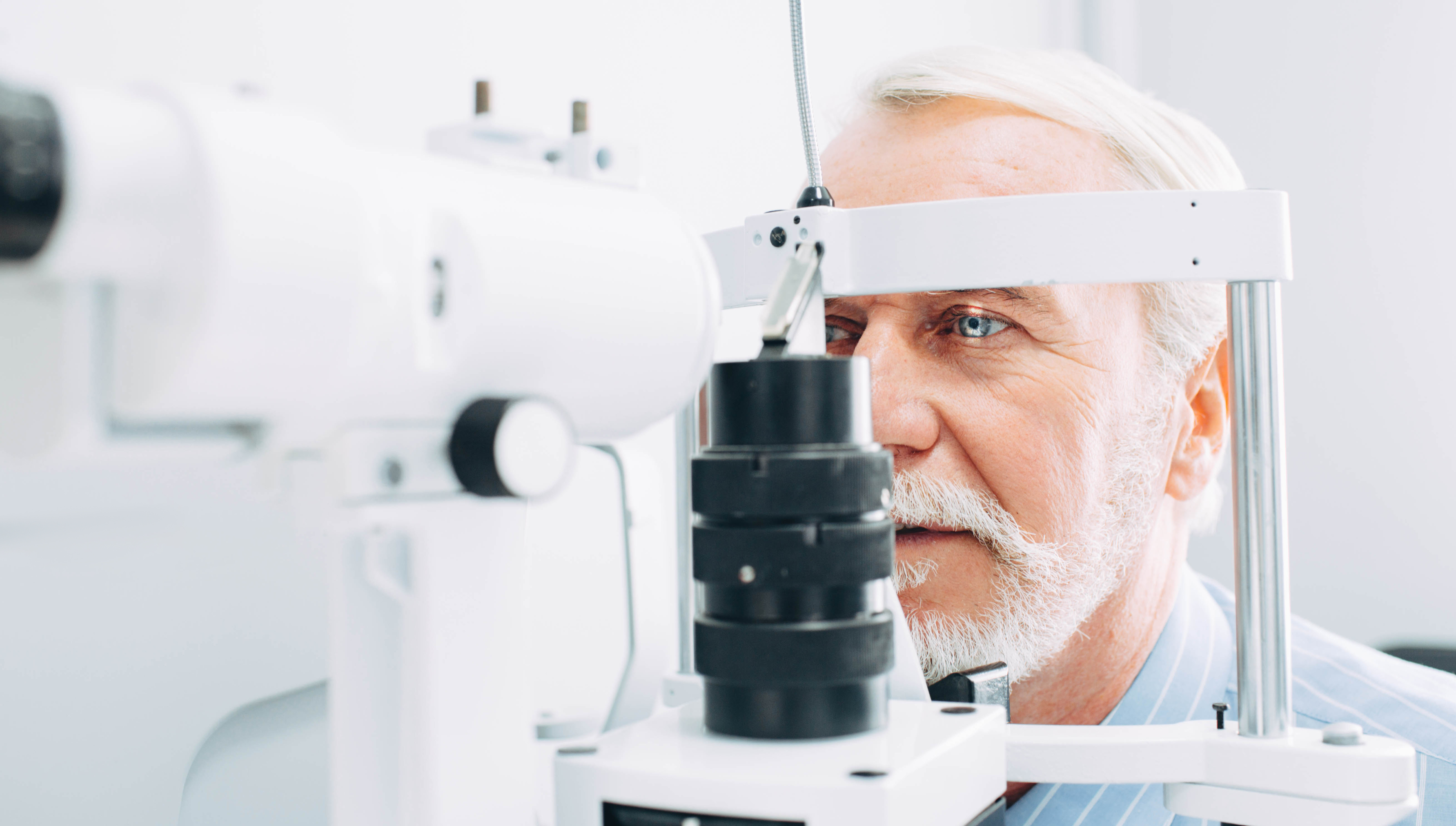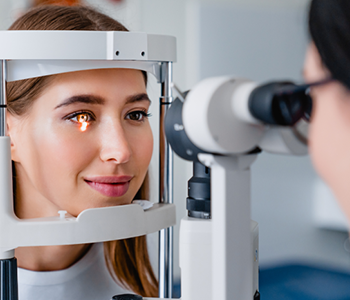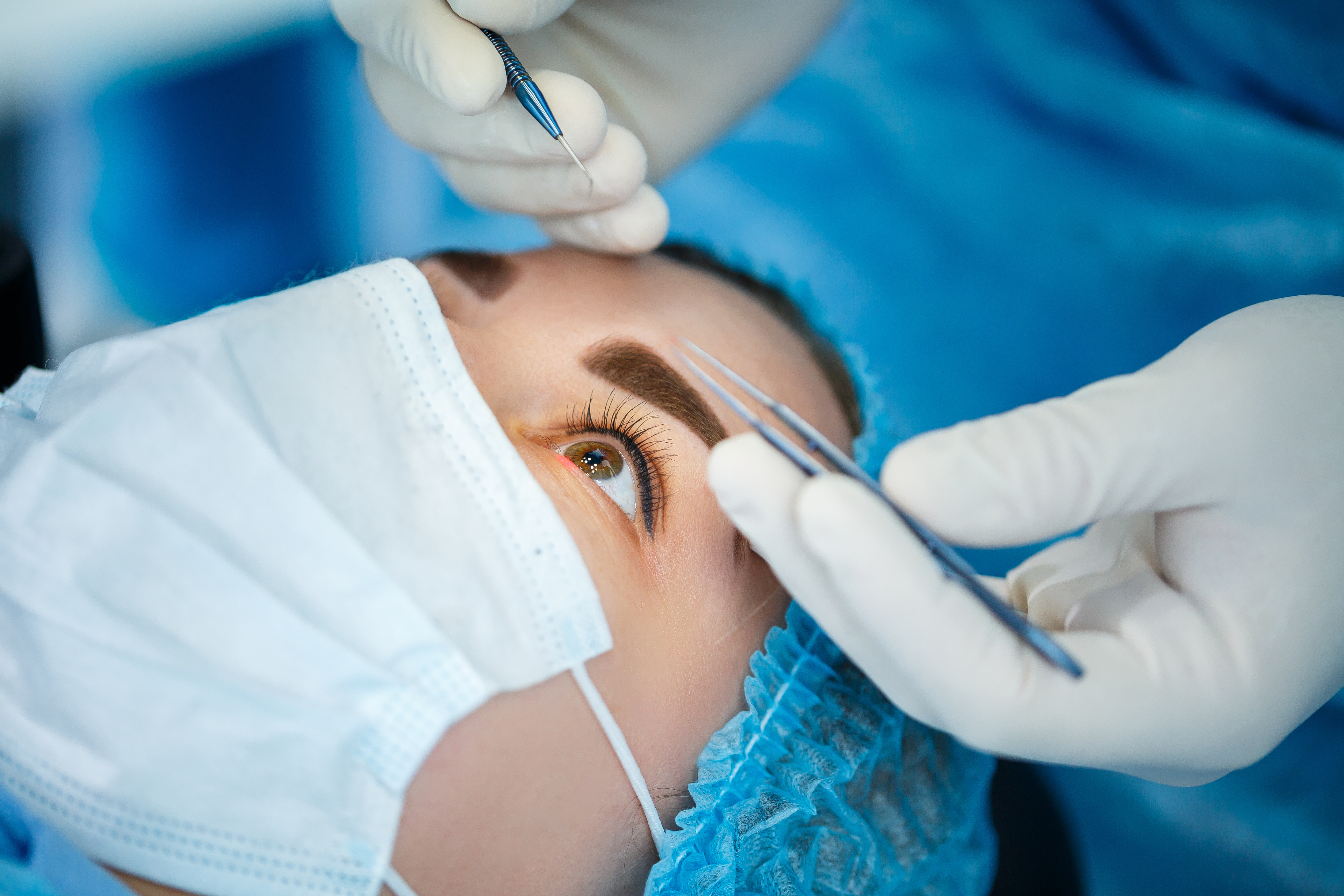Ready to have your best vision?
Clearer Vision Starts Here
Personalized cataract care from trusted eye surgeons in Phoenix, Scottsdale, West Valley & Goodyear.
EYECARE LIKE NO OTHER
Horizon Eye Specialists & Lasik Center has been offering cataract evaluations to the Phoenix and Scottsdale area since 1983, at one of our seven conveniently located state-of-the-art facilities.
When choosing a cataract surgery practice, you deserve experienced doctors, advanced technology and a center with a focus on personal patient care. It is our commitment to these higher standards that sets us apart.
At Horizon Eye Specialists & Lasik Center, we are proud to offer our patients custom cataract surgery with the premium intraocular lenses (IOLs) profiled in these options. These lenses are designed to reduce or eliminate your dependence on reading glasses, bifocals or trifocals.
With multiple locations across the Phoenix metro area—including Phoenix, Scottsdale, Goodyear, and the West Valley—we make expert cataract care accessible wherever you are.
“It is not uncommon for our patients to have the benefit of dramatically improved vision within a few hours of their procedure.” - Jonathan Levin, M.D.

How do I know if I am a candidate for cataract surgery?
The best way to know if you are a candidate for cataract surgery is to schedule an evaluation with a cataract surgeon. During the evaluation our experienced team will conduct a thorough exam and perform state of the art measurements to determine the best options for you. If cataract surgery is recommended, you will meet with a surgical counselor to discuss surgery dates, lens options and surgery instructions.
We offer cataract evaluations at all of our Horizon Eye Specialists locations throughout the Phoenix metro area—including Phoenix, Scottsdale, Goodyear, and the West Valley—so you can receive expert care close to home.
- If you have an astigmatism, seeing distorted images, you can still undergo cataract surgery Learn More
- If you have had LASIK surgery in the past, you have options for cataract surgery. Learn More
- If you have an astigmatism, seeing distorted images, you can still undergo cataract surgery Learn More
Horizon Eye Specialists
Cataract surgery options

Intraocular (IOL)
During cataract surgery, the cloudy, damaged lens must be removed and replaced with an Intraocular Lens (IOL). An Intraocular lens is a device that is implanted in your eye during cataract surgery. It replaces the eye’s natural lens after it has been removed during surgery. There are different types of IOLs and they each offer various advantages and disadvantages.
The type of IOL that is best for you will depend on the health of your vision before the development of cataracts and your unique needs and lifestyle.

Basic
With the standard implants (the monofocal lens mentioned above), the cloudy cataract is removed and is replaced with a clear lens. The goal with this lens is clearer vision; however, because it only corrects at one distance, expect to wear glasses full time with this option.

Peace of Mind
The Peace of Mind option provides laser-assisted cataract surgery. The cataract will be removed with a laser instead of manually, by hand. The laser technique is gentler on the eye and it can lower the risk of cataract surgery. This option can be combined with any of the other options-Standard, Precision, or Forever Young. You should still expect to wear glasses full time with this option.

Precision
With the Precision option, the surgeon can correct your vision during cataract surgery to give you precise distance or near vision depending on what is important to you. This is done by correcting your prescription and correcting your astigmatism. You will still need to wear glasses some of the time with this option.

Lifestyle
The Lifestyle option expands your range of clear vision giving you a continuous range of vision from distance to mid-range and near giving patients functional vision.
With this option you may still need to wear glasses for some close work.

Light Adjustable Lens
We are the first in Arizona to offer a revolutionary new lens implant, the Light Adjustable Lens (LAL) by RxSight. The LAL is the first and only FDA-approved intraocular lens implant (IOL) that can be adjusted after cataract surgery, allowing surgeons to partner with their patients and achieve optimized results for every unique eye.
With the LAL, beginning two to three weeks after surgery, the surgeon administers an office-based UV light treatment (which generally takes 90 seconds) that adjusts the prescription of the IOL while it is in the patient’s eye. This can be repeated two to three times until patients have achieved their vision goals. The surgeon then uses a final exposure treatment to preserve the lens power.

Intraocular (IOL)
During cataract surgery, the cloudy, damaged lens must be removed and replaced with an Intraocular Lens (IOL).Intraocular lens is a device that is implanted in your eye during cataract surgery. It replaces the eye’s natural lens after it has been removed during surgery. There are different types of IOLs and they each offer various advantages and disadvantages.

Standard
With the standard implants (the monofocal lens mentioned above), the cloudy cataract is removed and is replaced with a clear lens. The goal with this lens is clearer vision; however, because it only corrects at one distance, expect to wear glasses full time with this option.

Peace of Mind
The peace of mind option provides laser assisted cataract surgery. The cataract will be removed with a laser instead of manually, by hand. The laser technique is gentler on the eye and it can lower the risk of cataract surgery. This option can be combined with any of the other options-Standard, Precision, or Forever Young.

Precision
With the Precision option, the surgeon can correct your vision during cataract surgery to give you precise distance or near vision depending on what is important to you. This is done by correcting your prescription at one aim and correcting your astigmatism. You will still need to wear glasses some of the time with this option.

Lifestyle
The Lifestyle option expands your range of clear vision giving you a continuous range of vision from distance to mid-range and near giving patients functional vision.
With this option you may still need to wear glasses for some close work.

Not sure which lens is right for you?
Our surgical team will help you choose the option that best matches your lifestyle and vision goals. Whether you’re seen at our Phoenix, Goodyear, West Valley, or Scottsdale location, we provide personalized recommendations based on your exam results and preferences.
We take the time to walk you through each option—so you feel confident and supported every step of the way.

Lens Types
What to expect during cataract surgery
The first step is to make a small hole in the front of the capsule that holds the natural lens or cataract.
The next step is to insert the small ultrasonic probe into the eye. The probe breaks up the lens into tiny pieces and removes them.
A permanent, artificial lens is then folded and inserted into the eye.
The new lens then unfolds and is positioned permanently into place.
Patient Reviews
Real Reviews from Real Patients

Terry S.
It's been a little over a week since my refractive surgery and my reading vision has already improved drastically. Dr. McCulloch was absolutely great.

Pam P
The entire procedure was done very professionally by all the staff involved. I had no discomfort whatsoever. It was a snap. I was given a special lens that used U/V light to customize. All went well, and I have 20/20 vision in that eye. I couldn't be happier.

Anita K
A very organized and efficient operation! Everyone is well-trained. They ask for changes to your address, insurance, etc. every single time. Good job! They follow up with reminders for appt. I had such a positive experience, my husband is starting the process next month. I highly recommend this center.

Sophia F
Finally made the decision to do Lasik after having glasses since the third grade. Absolutely love my results!! I was seeing fairly well right after the quick procedure and by the next day, my vision was 20/20. Fully recommend Dr. Duncan who did an amazing and professional job.

Susan A
The technicians and Dr. Rockwell are excellent. They answer questions and treat the patient with respect. I have confidence in Dr. Rockwell's careful diagnosis and treatment of suspected glaucoma.

Charlene D
Both surgeries (left then right eyes) went very smoothly and the care I received each time was wonderful. My results after my lens replacement are beyond my wildest expectations. I am so grateful I chose Horizon Eye Specialists for my surgery and I highly recommend Dr. Levin and his staff/faculty.

Tom W
My experience with HES has been exceptional. I am so happy that my doctor suggested them. “Specialists” indeed. And not just in the realm of eye and vision issues and improvement, but the physicians and staff are especially professional, friendly, knowledgeable, compassionate, and dutiful. The staff’s demeanor alone helped “calm me” when I finally accepted my need for cataract surgery.

Seth M
WOW - fantastic experience from start to finish! I was a first-time patient and have been to several eye doctors over the years and would easily put Horizon Eye at the top of the list. The entire team is quick, professional, and knowledgeable. I was in and out quickly with minimal waiting and without sacrificing the thoroughness of the exam. To top it all off, the view from the office is heavenly. Highly recommend!
Updates, News & Blog
Stay Updated With Our Latest News And Blog Articles
Request an Appointment
Schedule an Appointment
Have questions? We have answers.
Fill out the form and one of our eye specialists will respond back to you. Whether you're in Phoenix, Goodyear, Scottsdale, or the West Valley, our team is ready to help you see clearly again.


